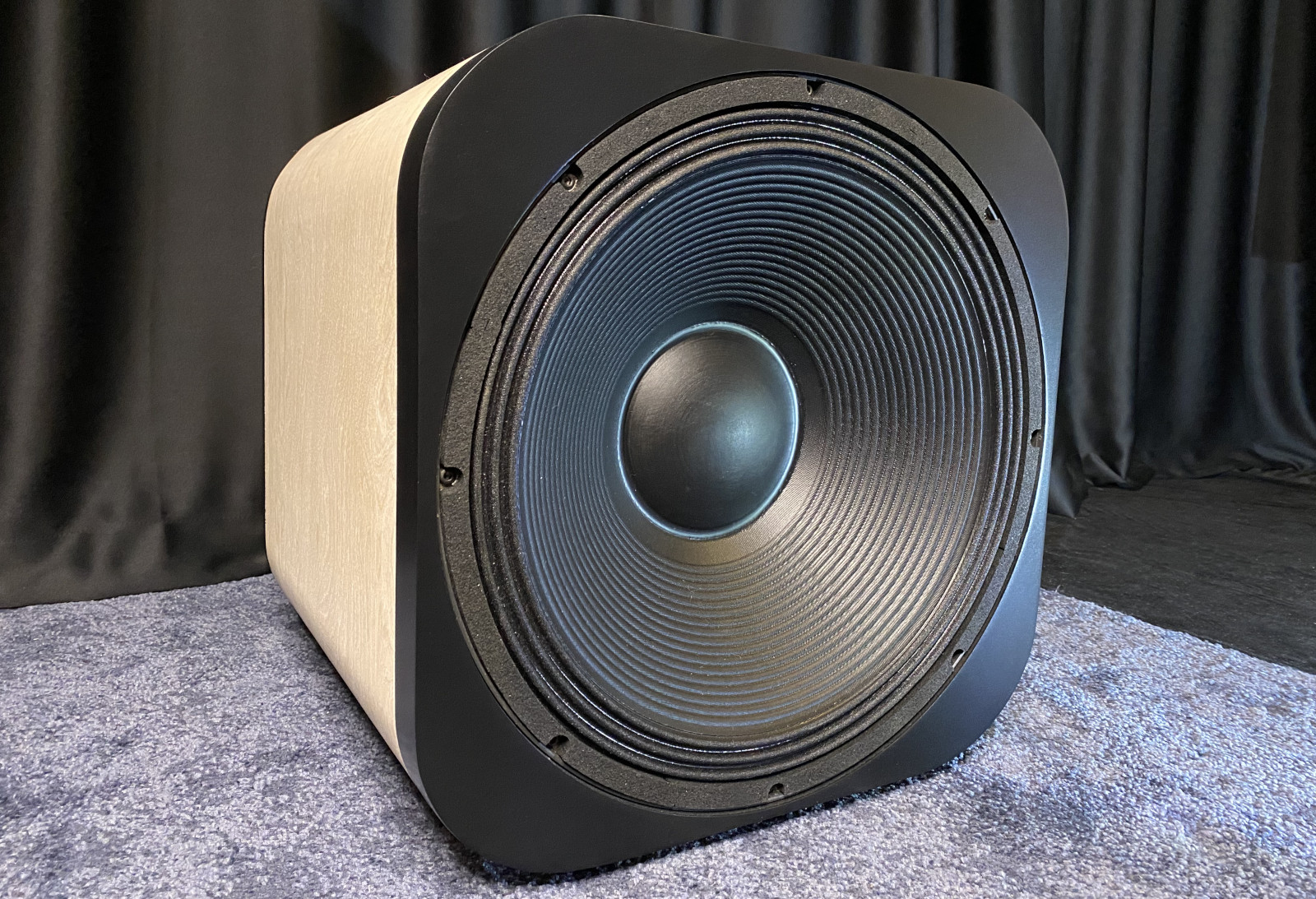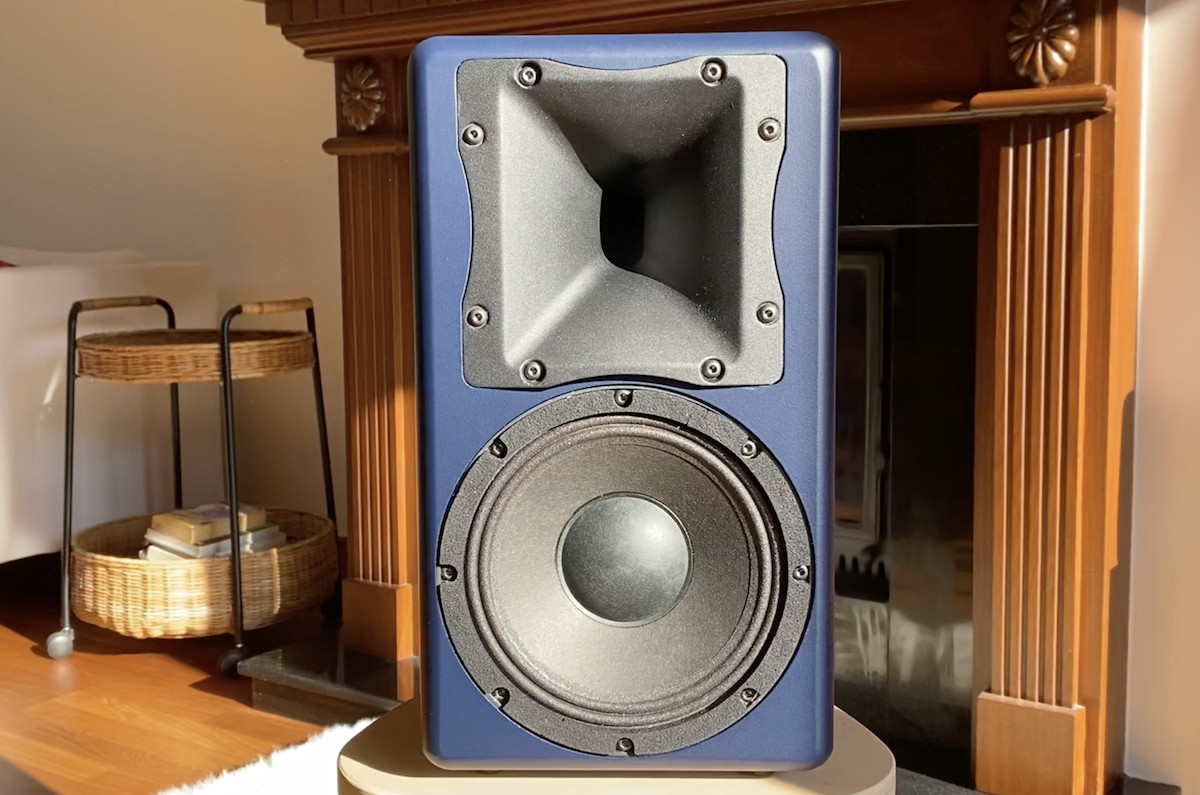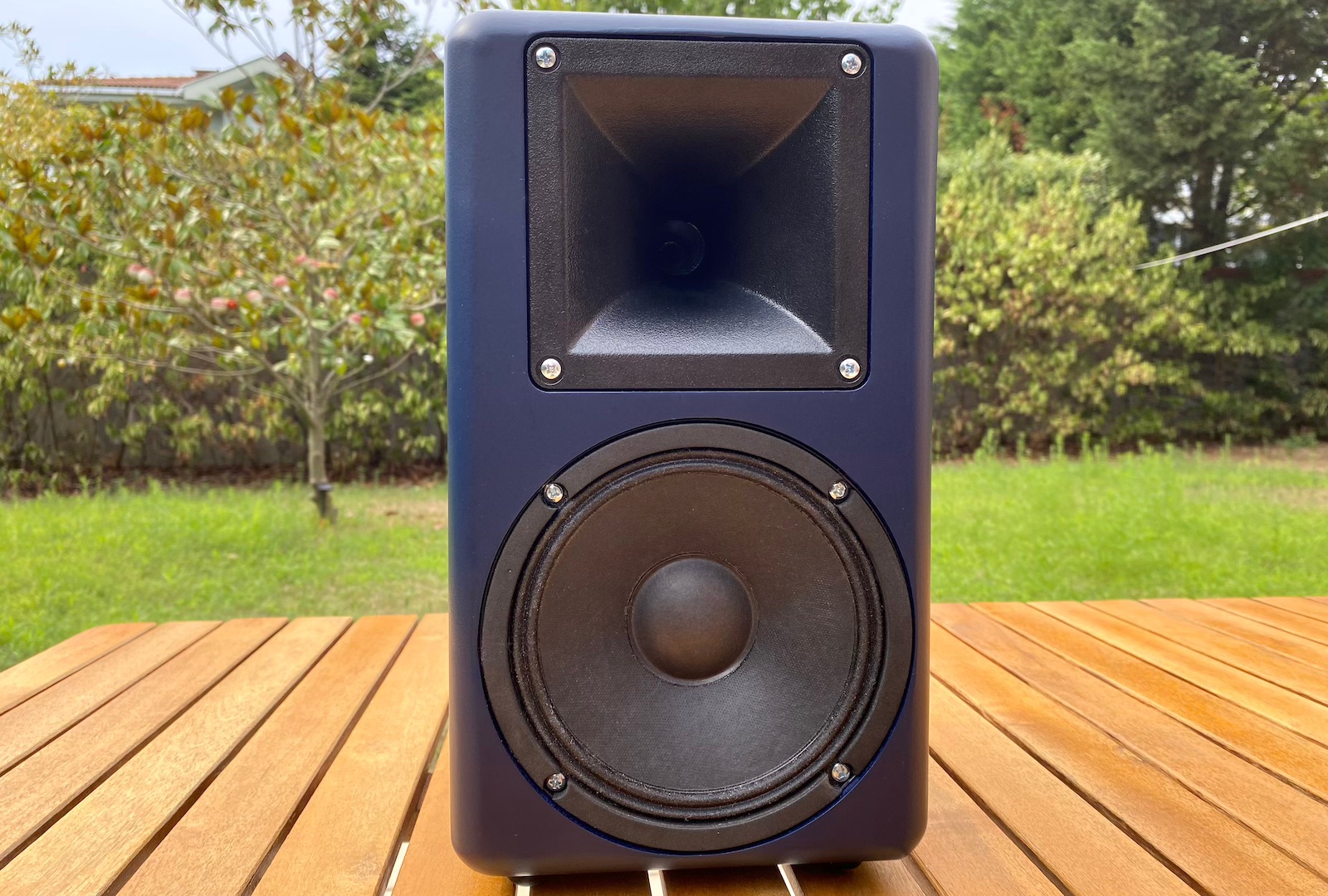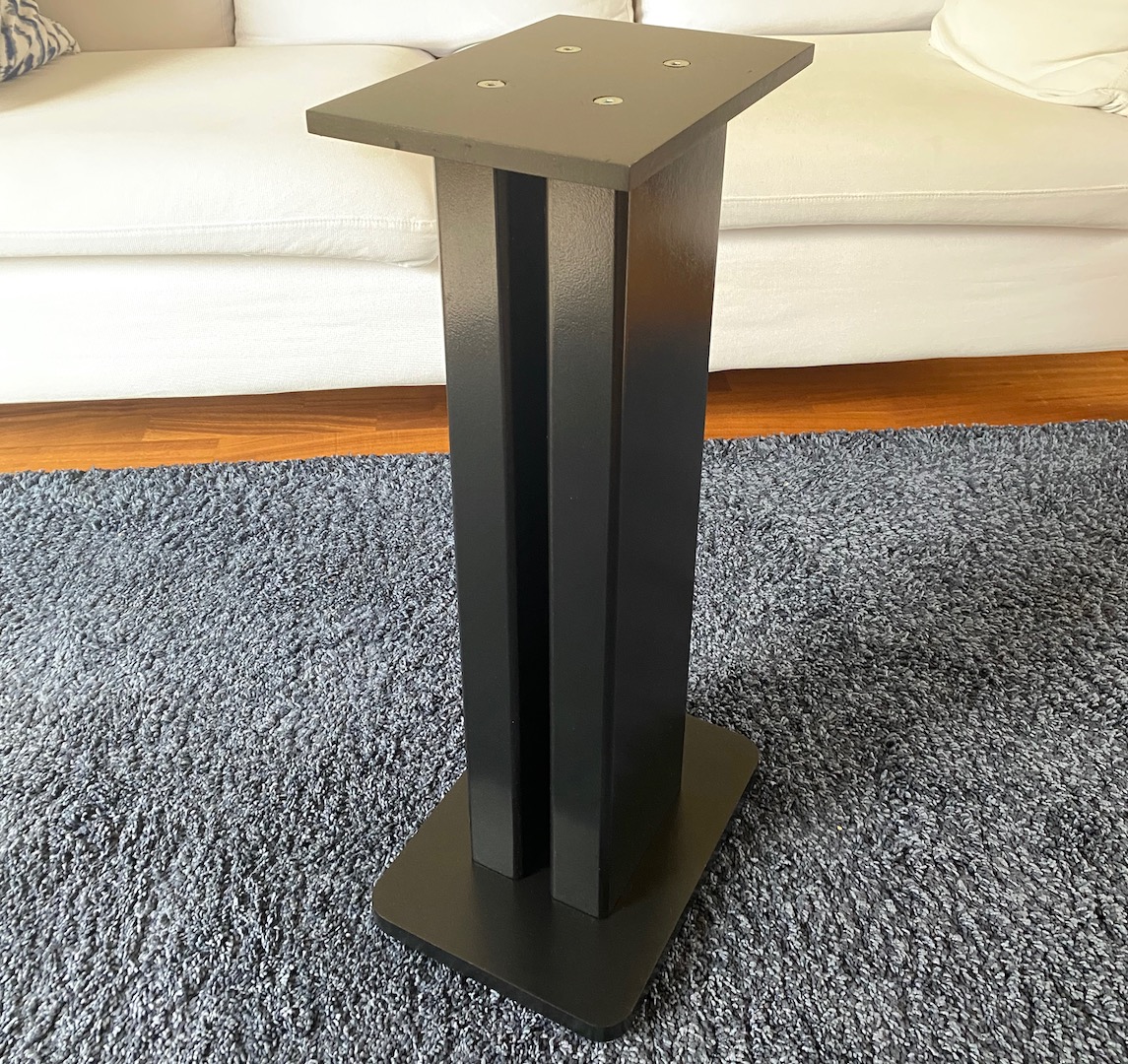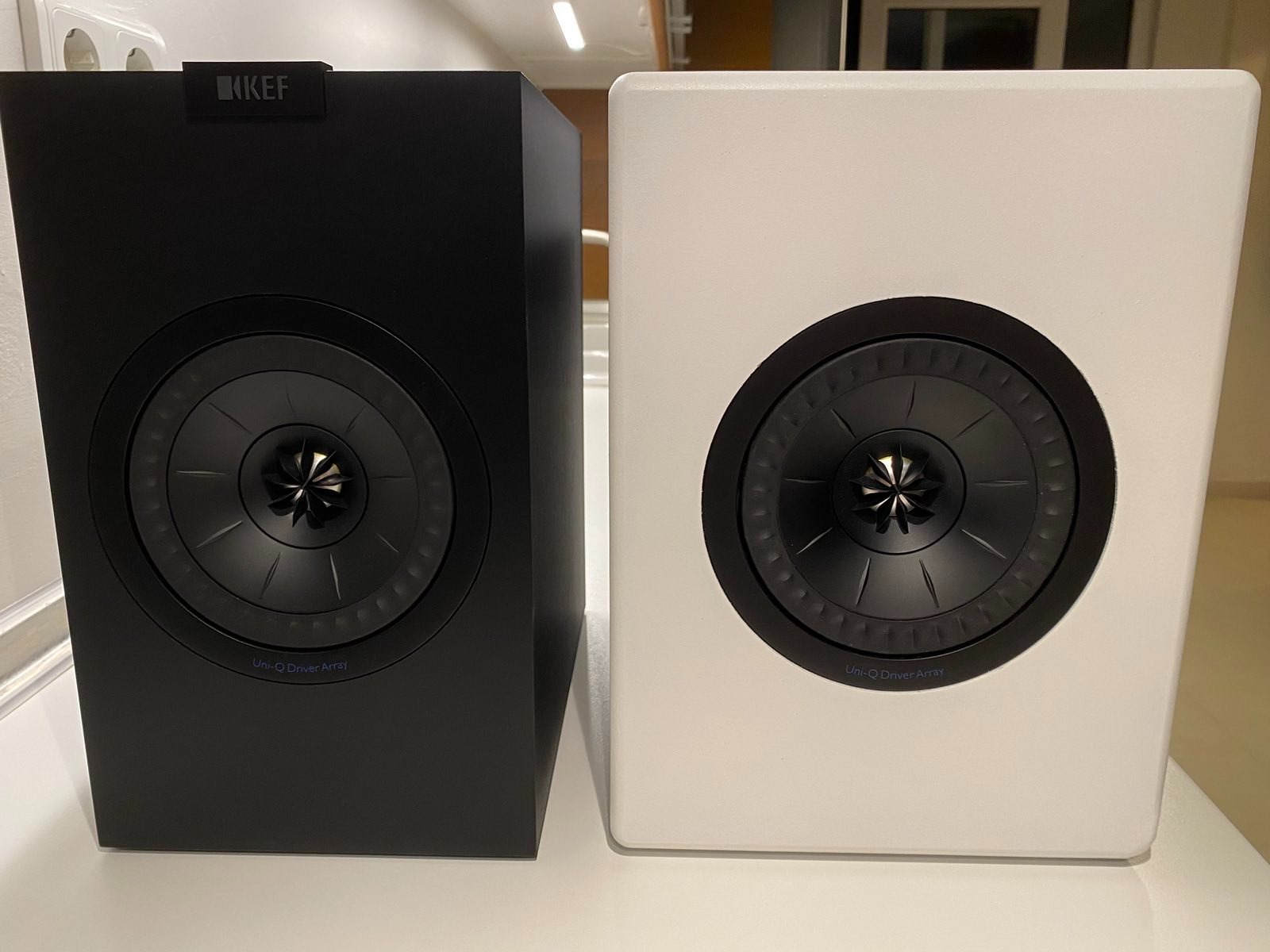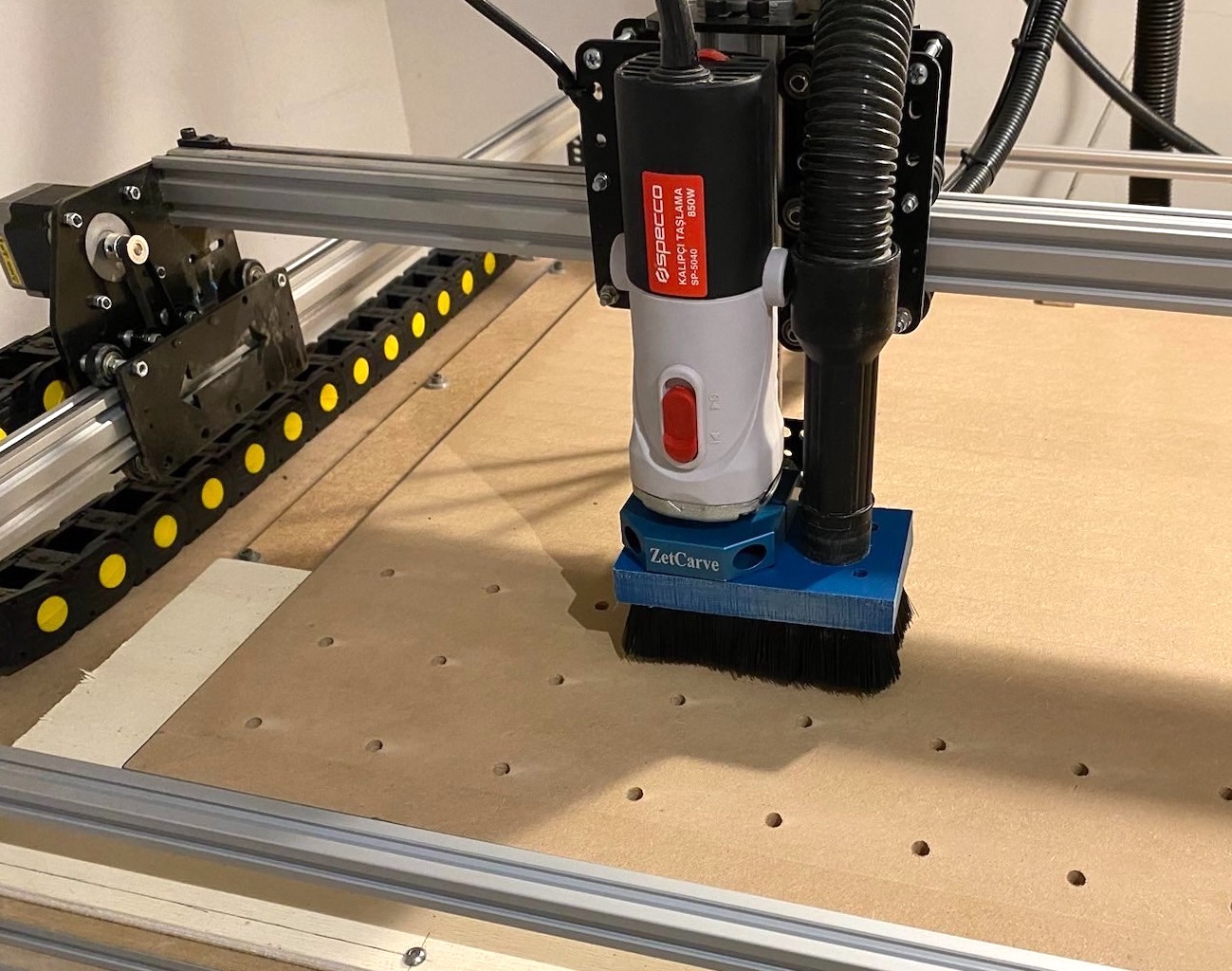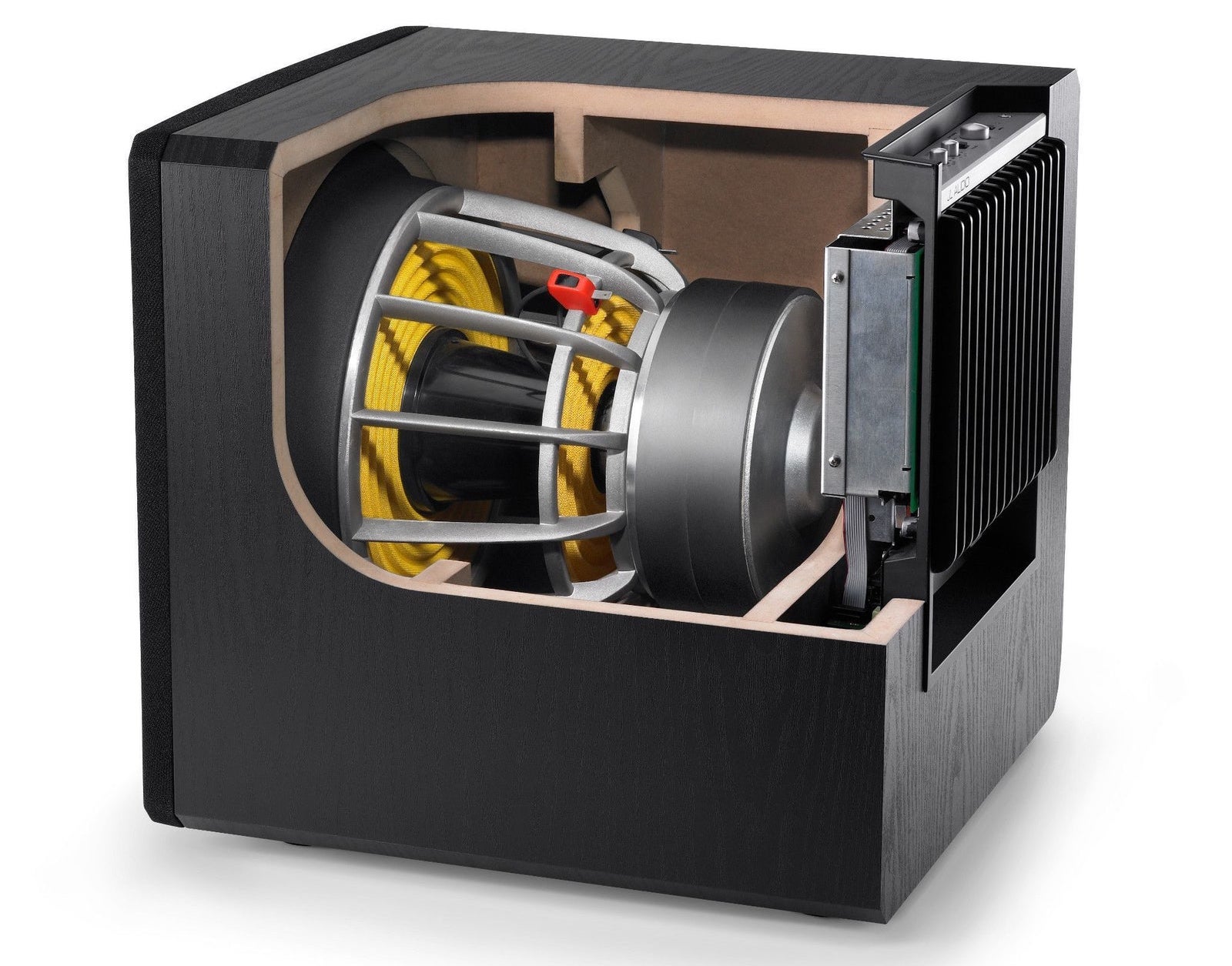After building quite a few subwoofers and 2-way speakers over the years, I was looking for something different, and line arrays fit the bill nicely. They use a large number of small-diameter drivers –sometimes as many as hundreds– and have some intriguing characteristics such as little loss of volume as you get further away, low distortion, and very slim enclosures…

